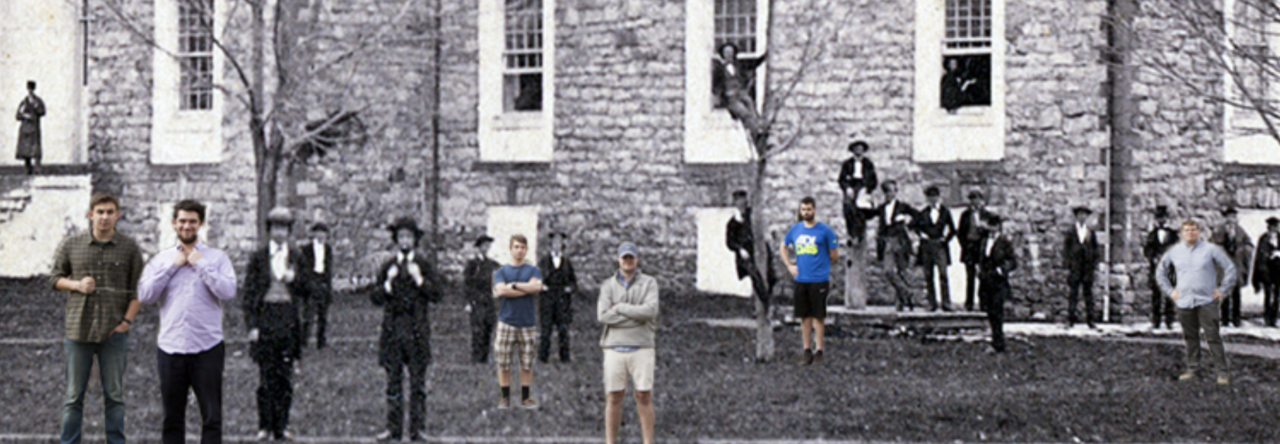Statistical Gateway
- Enslaved population in 1840: roughly 2 million
- Enslaved population in 1860: roughly 4 million
- Estimated number of antebellum slave sale transactions: 2 million
- Ratio of antebellum slave marriages broken apart by sale: ¼
- Annual temporary escapes from slavery (“laying out”): 100,000
- Annual attempts at permanent escapes from slavery: 1,000
- Documented recaption (kidnapping) efforts across North during 1850s: 150
- Documented individual fugitive rendition cases between 1850-1861: 200
- Total number of formal federal rendition hearings between 1850-1861: 125
- Number of rendition hearings in New England states after 1854: 0
- Percentage of nation’s rendition hearings held in Ohio 1855-1861: 75
- Vigilance committee records for successful escapes during 1850s: 3,000+
- Documented vigilance-led resistance efforts during 1850s: 80
- Total casualties from antebellum resistance efforts: 100s
- Number of UGRR operatives killed in free states: 0
- Number of freedom seekers killed in free states: 1
- Number of slaveholders or slave catchers killed in free states: 3
- Number of UGRR operatives fined or imprisoned in free states: about 10-12
- People imprisoned for slave-stealing in South, 1840s-50s: 200+
- Longest sentence issued for UGRR conviction under federal law: 3 months
- Longest imprisonment for UGRR operative in a slave state: 17 years

Leave a Reply